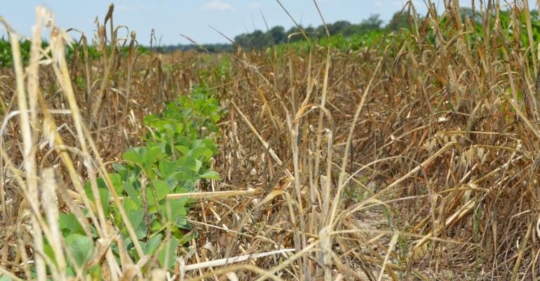Explore our blog featuring articles about farming and irrigation tips and tricks!
Cover Crop Selection Depends On Production Goals

By: Ron Smith
Producers interested in planting cover crops this fall should select species based on what they expect to achieve.
Options for erosion control, for instance, vary from those that improve soil structure, scavenge and cycle soil nutrients, alleviate hardpans or increase organic matter.
“Having a clear objective for planting a cover crop aids in cover crop management,” says Josh Copes, LSU Ag Center, Saint Joseph, La. “If minimizing soil erosion is the main objective, a cereal cover crop would be a good choice,” he reports in a monthly Louisiana Crops Newsletter.
Copes explains that the fibrous root systems of cereal winter cover crops help prevent topsoil erosion and are good nutrient scavengers. “A tap-rooted cover crop like forage or tillage radish (woolypod vetch, red clover, etc.) is better suited for deep nutrient scavenging and may aid in loosening or preventing a soil compaction layer.”
Stay up to date on all T-L news and get alerts on special pricing!


